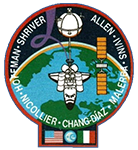Born in 1946 in Busalla, a small town on the outskirts of Genoa, he attended the elementary school of Busalla with the teacher Francesco Scimone, who initiated him to geometry; attended the Giuseppe Mazzini high school (Liceo Classico) in Genoa.
The experimental physics course of Elio Vallebona inspired his science orientation and his subsequent University curriculum and work choices. He graduated in electronics engineering at the University of Genoa in 1970 among the first graduates of his promotion with a thesis on acoustic holography which lead him to work in the laboratories of the Faculty of Physics.
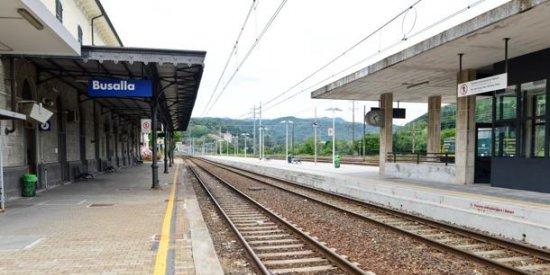
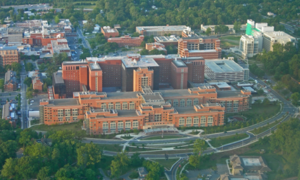
After his graduation as electronics engineer (1970) he obtained a scholarship at the CNR Laboratory of Biophysics and Cybernetics of Genoa, where he worked on the biophysics of membranes and obtained a PhD degree in physics with a specialization in biophysics at the University in Genoa.
In 1973 he taught Cybernetics and Information Theory for a semester at the physics faculty of the University of Genoa and worked as assistant summer researcher at the Nato Saclant Research Center in La Spezia, on identification and processing methods of sonar signals.
In 1972 he obtained a two-year research fellowship at the National Institutes of Health in Bethesda, USA, where he developed and used a fast micro-spectrophotometer for research in photoreceptor biophysics (using frog retinas).
In this same period (1974) he obtained the private plane pilot license at the College Park Aeroclub (Washington DC), a license which, on his return to Italy, he validated to the equivalent Italian flying license at the Genoa Aeroclub.
Sottotenente Armi navali
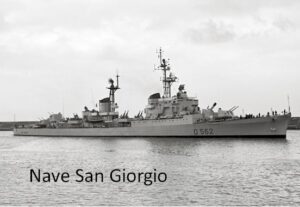
In 1974-1975 he served as a Navy Officer, up to the rank of Second Lieutenant; after the Scuola Allievi Ufficiali at the Navy Academy in Livorno was assigned to the Italian Navy’s school ship Nave San Giorgio as assistant professor in Physics and Rational Mechanics for the cadets during their summer training cruise.
Afterwards he was assigned to Mariperman La Spezia (the Italian Navy’s technical support and testing center – CSSN), where he was involved in the exploitation of an ELF-band radio reception system.
In 1976, after a short work assignment at Oto Melara, La Spezia was hired by Digital Equipment (DEC) in Milan, the Italian Digital’s headquarter, to run the CSS (Computer Special Systems) product line. The CSS mission in Digital was custom engineering for Key Accounts.
After one year in the Paris CSS European Center of Digital, returned to Milan and managed to grow significantly the turnover of his product line in Italy.
Malerba describes his professional experience with Digital as “the best opportunity for a young engineer to learn how to manage complex technological projects”.
In the years 78-80 Malerba was on leave of absence from Digital because of his first attempt to become a European astronaut. (See later).
Returning to the ranks of Digital in 1981, Malerba held management positions in the European Digital’s headquarters in Geneva (1980-86), in Rome (1986-88), and in Sophia Antipolis (1989 ).
Those were the years of the digital revolution in telecommunication networks, those were the years of the Ethernet protocols introduction as the communication standard for Local Area Networks in automation and more generally for digital networks. Digital, together with Intel and Xerox were the Ethernet protocol champions and Decnet – Digital’s peer-to-peer networking software was a forerunner of today’s Internet architecture.
In 1989, the newly created Italian Space Agency (1988) opened a selection for the scientific astronaut who would take care of the experiments on board the space shuttle for the mission of the Italian satellite Tethered. Franco Malerba applied. It was his last chance for a spaceflight ticket, an opportunity not to be missed.
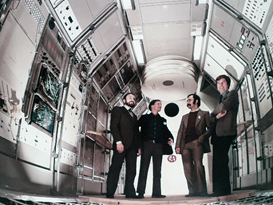
In 1977 Malerba’s career focus veered for the first time to spaceflight. Following the ESA call for the first selection European astronauts Malerba submitted his application and after strict selections at the national and European levels, qualified among the four finalists (Dec.1977) chosen among thousands of European candidates. ESA had the right to fly a European Scientist-Engineer during the maiden flight of the ESA-built Spacelab. This scientist-Payload Specialists would be in charge of the science experiments in space, to be carried in the Spacelab, hosted in the cargo bay of the space shuttle.
After further balloting Malerba was not retained for the Spacelab 1 flight assignment but was offered a two-year research fellowship at the ESA-ESTEC technical center in Noordwjik, in view of further Spacelab flight opportunities. In ESTEC Malerba worked at the development, testing, and qualification of a n experimental package, called PICPAB (Phenomena Induced by Charged Particle Beams) which flew in space with the first Spacelab mission in 1983. At the end of his assignment at ESTEC, Malerba returned to Digital.
In 1989 another astronauts’ competition opens for the selection of the Payload Specialist, in charge of the science operations of the Tethered Satellite (TSS1). This time it is the Italian Space Agency (ASI) who, together with NASA, is engaged in the development of a complex science mission to be flown with the space shuttle. The Italian Tethered Satellite will be launched from the shuttle cargo bay and kept attached to the shuttle by a very long wire; the orbital forces would stretch the two-body system along a terrestrial radial and the interaction with the Earth’s magnetic field should generate a high voltage across the conducting cable, rapidly moving at 8km/s around the Earth.
According to the ASI call, the Payload Specialist (PS) will monitor and operate many instruments onboard and therefore should be familiar with the disciplines of the science investigations: the dynamics of the deployment, the operations of the electrodynamic power generation system, , the generation of ELF radio waves in space, the physics of the satellite interaction with the ionospheric plasma, which may generate luminescence phenomena, to be detected with a tele-spectroscope and recorded. Since all instruments are remotely operated, the Payload Specialist should be familiar with computer operations.
Malerba applies again; it’s his last opportunity.
The last step of the section is the interview of the Investigators’ Working Group of the at the Stanford University in San Francisco on May 22nd 1989: Franco Malerba and Franco Rossitto are the two successful candidates; hired by ASI, he is assigned to the NASA’s Johnson Space Center in Houston for flight training. In September 1991 Malerba is appointed Prime Payload Specialist for the TSS-1 mission, the flight ticket is finally in his hands.
Returning to Italy after the space mission, in 1994 he was elected Member of the European Parliament, on the Forza Italia lists for the IV legislature, which marked the historical advent of the Euro. Franco Malerba was a member of the Committee on Energy, Research and Industry and of the EU-United States delegation. Was the Rapporteur of legislative proposals of programs for technological innovation, ICT and Energy infrastructures and was the Rapporteur for the European satellite navigation system GNSS, the forerunner of Galileo.
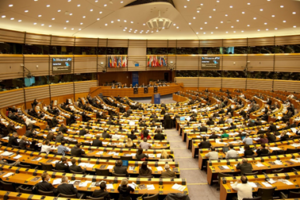
In 1997 Malerba was elected member of the Genoa municipal council of Genoa. To promote local development, Franco Malerba created the Genova Startup business association which organized monthly meetings between entrepreneurs and potential investors in the field of Internet applications and advanced technologies. Associated with the local Network of Entrepreneurs (Confindustria), Genova-Startup shared business matching initiatives with Sophia-Startup, a similar organization operating in the technological park of Sophia Antipolis (near Nice), promoted by the French Senator Pierre Laffitte.
Returning to Italy after the space mission, in 1994 he was elected Member of the European Parliament, on the Forza Italia lists for the IV legislature, which marked the historical advent of the Euro. Franco Malerba was a member of the Committee on Energy, Research and Industry and of the EU-United States delegation. Was the Rapporteur of legislative proposals of programs for technological innovation, ICT and Energy infrastructures and was the Rapporteur for the European satellite navigation system GNSS, the forerunner of Galileo.

In 1997 Malerba was elected member of the Genoa municipal council of Genoa. To promote local development, Franco Malerba created the Genova Startup business association which organized monthly meetings between entrepreneurs and potential investors in the field of Internet applications and advanced technologies. Associated with the local Network of Entrepreneurs (Confindustria), Genova-Startup shared business matching initiatives with Sophia-Startup, a similar organization operating in the technological park of Sophia Antipolis (near Nice), promoted by the French Senator Pierre Laffitte.
Defeated at the 1999 European elections, Malerba returned to the space industry at Alenia Spazio as special advisor for manned spaceflight in Turin and then as Director of the European Institutional Relations Office of Alenia Spazio in Paris, representing the company at ESA, the European Commission and Eurospace.
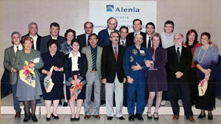
In 2005 the Italian Minister of Foreign Affairs nominated Malerba as Scientific Attaché of the Permanent Delegation to the International Organizations in Paris (2005-2013), to represent Italy’s interests in technical dossiers dealt at the International Energy Agency (IEA) at the Nuclear Energy Agency (NEA) and at the STI department of the OECD.
At the end of the assignment at the Italian Mission, Malerba qualifies as “Coach” of the EASME Agency (European Agency for Small and Medium Enterprises) in support of the European research and innovation program Horizon 2020 (H2020)
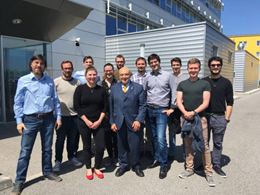
In this role he is called to help space SMEs who won European funding for a research project in the space sector. At the end of the H2020 program, Malerba assisted 11 companies in Italy, Spain, Germany, Austria and Greece.
Malerba had also the privilege of being accepted in the Académie de l’Air et de l’Espace a think tank of aerospace skills unique in Europe, which promotes the scientific, technical and cultural development of the aerospace sector, organizing meetings of experts and producing qualified opinions at the address of the European legislators.
In 2021 Franco Malerba founded – together with some fellow managers and engineers – Space V Srl, a startup company based in Genoa, which soon became operational at the ESA BIC in Turin.
 In 2024 Space V was welcomed into the business incubator of the Polytechnic University of Turin I3P and obtained initial funding from the Galaxia investment fund of Cassa Depositi e Prestiti, the Italian public development bank.
In 2024 Space V was welcomed into the business incubator of the Polytechnic University of Turin I3P and obtained initial funding from the Galaxia investment fund of Cassa Depositi e Prestiti, the Italian public development bank.
A POC demonstrator (Proof of Concept) of Space V’s Adaptive Greenhouse was exhibited at the IAC2024 congress in Milan.
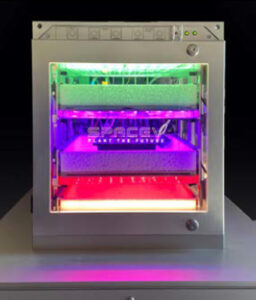
Since 1992, after the space mission, Malerba has traveled around Italy participating in hundreds of conferences and seminars, in Italy and in Europe, particularly in universities, high schools and cultural associations, such as Lions and Rotary, to talk about space, to promote the Italian Space policies, to inspire and motivate young students in science, technology, engineering and mathematics.
Welcomed as an honorary member by the Genoa West Rotary club and by the Lions Valle Scrivia, he received the prestigious Melvin Jones fellow award from the latter.
In 2001 Malerba obtained the press card as a freelance journalist, writing as a scientific editorialist in Italian newspapers such as La Stampa-Tuttoscienze, Corriere Innovazione and Il Secolo XIX. Occasionally ha participates as a key-note speaker-testimonial in company conferences, where he talks of protection of planet Earth, of science and innovation, of team-work, vision, and entrepreneurship as powerful values inspiring earthly and heavenly enterprises.
Since 2017 Malerba organizes every year the Space Festival in Busalla, his native town, which gathers scientists and engineers from ESA, ASI, Academia and Industry to talk about the challenges and the benefits of space exploration and applications to the public at large.
- NASA space flight Medal
- Medaglia colombiana 1992 of the International Institute of Communications
- Commendatore della Repubblica Italiana
- Genoa Ambassador in the world
- Honorary citizen of Busalla
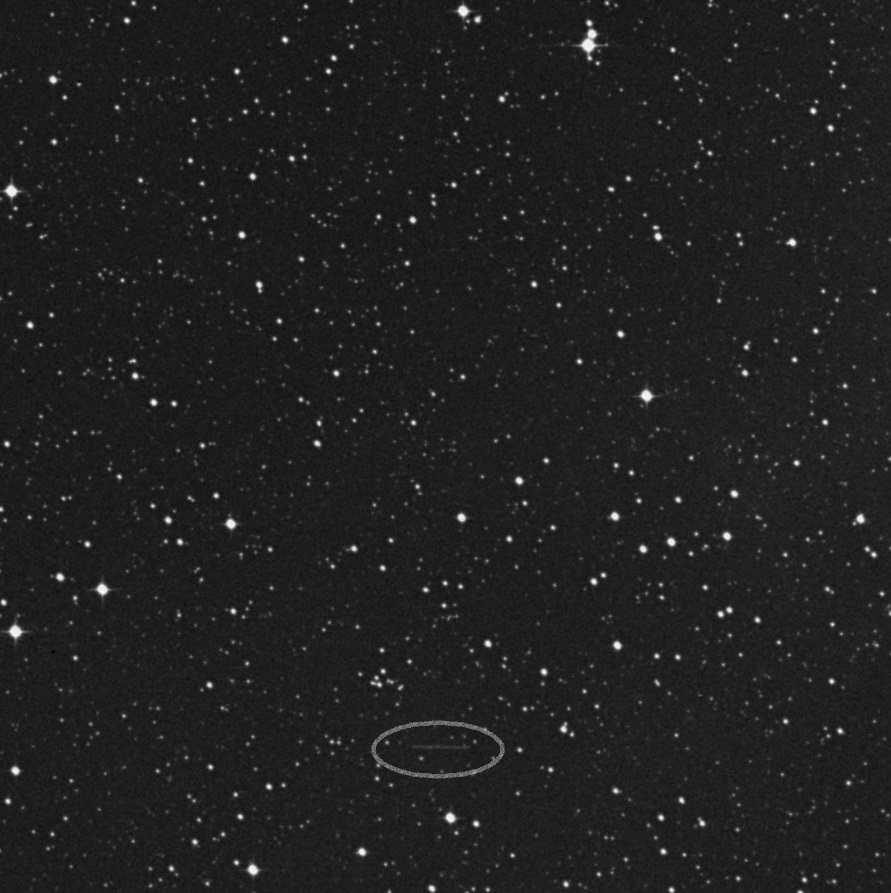
The image of the Siding Spring star-field Telescope in Australia was taken on 07/02/1987 and contains the trace (circulated) of the planet Malerba.

